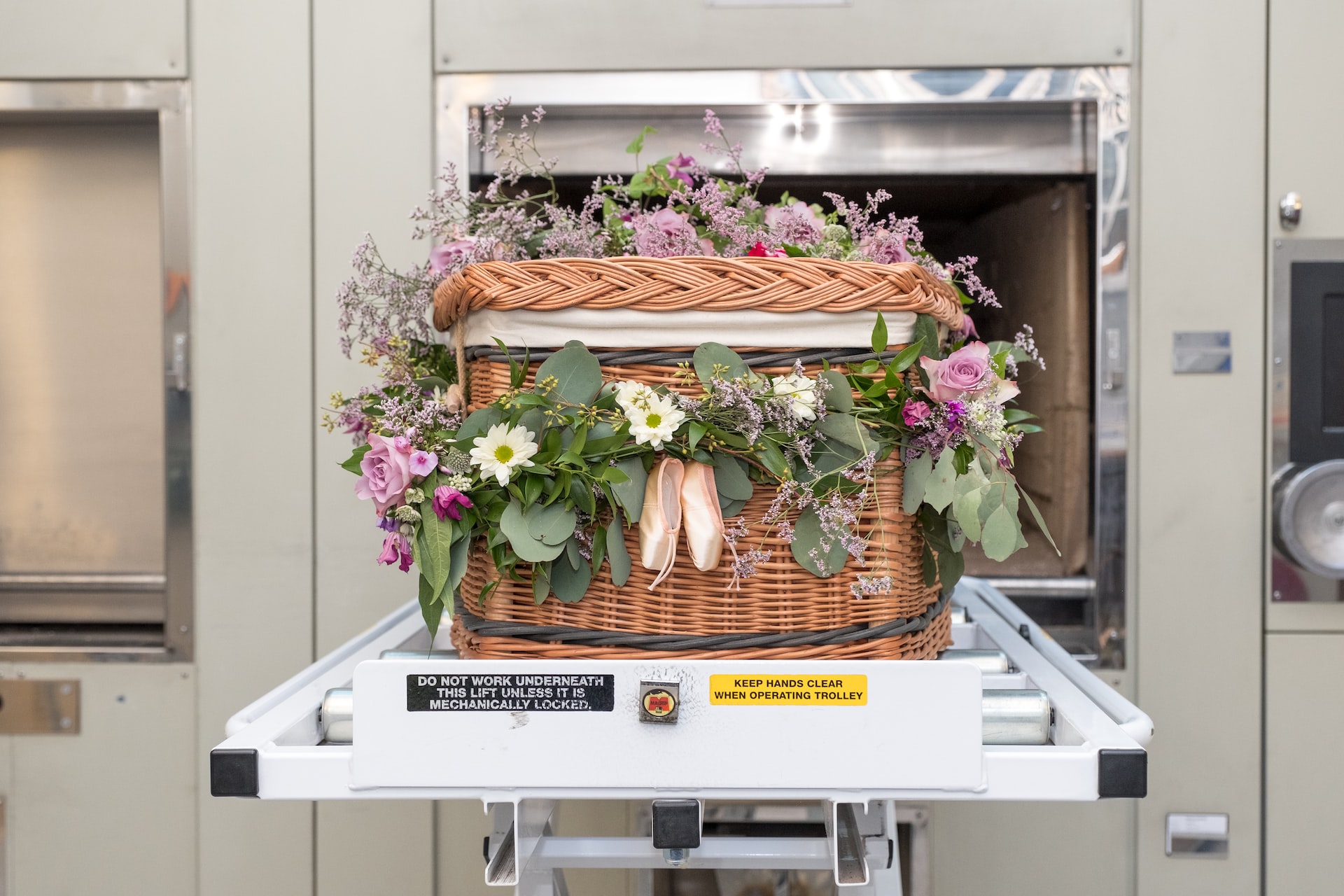
Cremation is an increasingly popular option for disposing of human remains. It involves the burning of the body at high temperatures until it is reduced to ashes. However, many people are still unsure as to how cremation works, and some may have plenty of questions in their minds regarding cremation. If you’re one of them, you’re in the right place.
Today, we’re going to answer some commonly asked questions about the cremation process to help you better understand how it works and what to expect from it:
The cremation process typically takes 2-3 hours. The body is placed in a cremation chamber, which is heated to temperatures between 1400 and 1800 degrees Fahrenheit. The heat causes the body to break down and turn into ash.
No, embalming is not necessary before cremation. However, some funeral homes may require it if there will be a public viewing or if there will be a delay between the time of death and the cremation.
After the cremation, the ashes are placed in a container, such as an urn or a keepsake box. The family can choose to keep the ashes, scatter them in a special location, or bury them in a cemetery.
The cost of cremation varies depending on the location and the funeral home. In general, cremation is less expensive than a traditional burial. The cost typically includes the cremation itself, a basic container for the body, and the return of the ashes to the family.
Yes, it is possible to have a funeral service before cremation. This is called a “traditional cremation” and can include a visitation, a funeral service, and a committal service at the crematory.
Personal belongings, such as jewelry or clothing, should be removed from the body before cremation. Some funeral homes may allow certain items to be placed in the cremation chamber with the body, such as wedding rings or religious symbols.
Some religions, such as Hinduism and Buddhism, have long-standing traditions of cremation. Other religions, such as Judaism and Islam, generally prohibit cremation. However, many religious groups have become more accepting of cremation in recent years.
Cremation is generally considered to be safe for the environment. However, the process does release carbon dioxide and other pollutants into the air. Some crematories are taking steps to reduce their carbon footprint, such as using energy-efficient equipment and recycling metals from medical implants.
No, multiple bodies cannot be cremated at the same time. Each body is cremated individually in its own chamber. This ensures that the ashes returned to the family are those of their loved ones.
All in all, cremation is a viable option for those who want to dispose of their loved ones remains. It is a relatively simple and cost-effective process that can be performed without embalming or a traditional funeral service, helping to keep costs down for the family while still going through the grieving process that funerals can help get them through.
Ashes to Ashes Corporation is a state-licensed cremation provider, offering a quick and simple way for those looking for cremation services to get everything set up from the comforts of their home. If you are looking for California cremation services, contact us today.